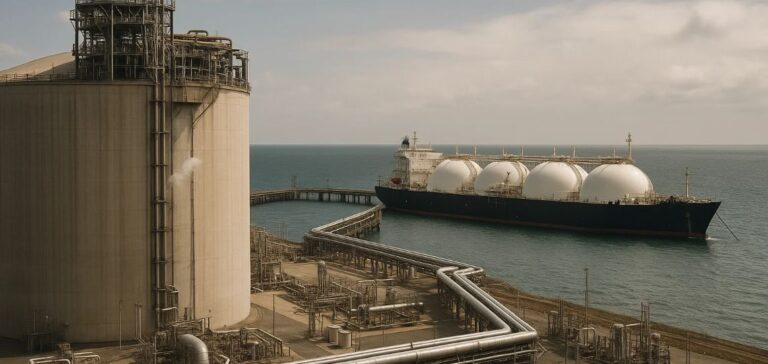The liquefied natural gas (LNG) provider Miami LNG has officially rebranded as Sawgrass LNG & Power, a change that highlights the evolution of its business and its desire to expand its role in providing sustainable energy solutions. The company, active in the Southeastern United States and the Caribbean, continues to focus on LNG supply, but now also has an enhanced focus on energy production.
Business expansion and energy production
The new name marks a transition for the company, with a strengthened focus on electricity generation in addition to LNG supply. Sawgrass LNG & Power operates a liquefaction facility in Miami capable of producing over 100,000 gallons of LNG per day, with on-site storage of 270,000 gallons. The company aims to meet the growing needs of its industrial and commercial clients while supporting energy generation and maritime transport sectors.
Growing role in the maritime and aerospace sectors
The company’s new ambitions extend beyond its traditional role as an LNG supplier, with a particular focus on the marine bunkering and aerospace sectors. The company is also strengthening its position in the energy transition by providing efficient gas-to-electricity solutions for its clients, especially in off-grid regions.
Partnerships and new initiatives
Sawgrass LNG & Power continues to partner with utilities, commercial and industrial companies, and transportation sectors to support their energy transition. The company offers solutions that replace heavy fuels such as diesel with cleaner LNG. Additionally, it provides energy generation equipment for off-grid or backup power solutions as part of a comprehensive approach that includes capital investment and EPC (Engineering, Procurement, and Construction) management.
Daniel McLaughlin, President and Chief Commercial Officer of Sawgrass LNG & Power, emphasized that this name change marks a turning point in the company’s history, reflecting both its Florida roots and its commitment to providing affordable and sustainable energy solutions.





















